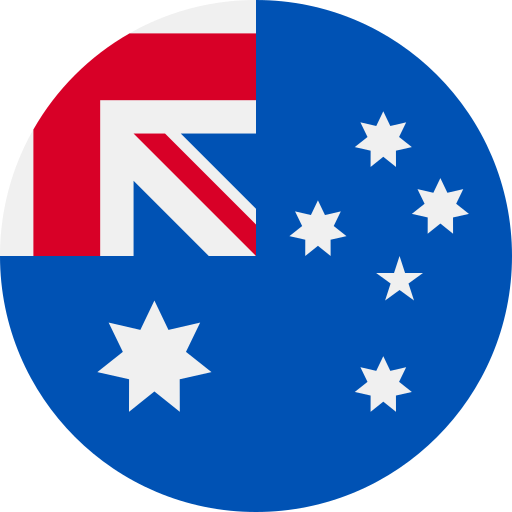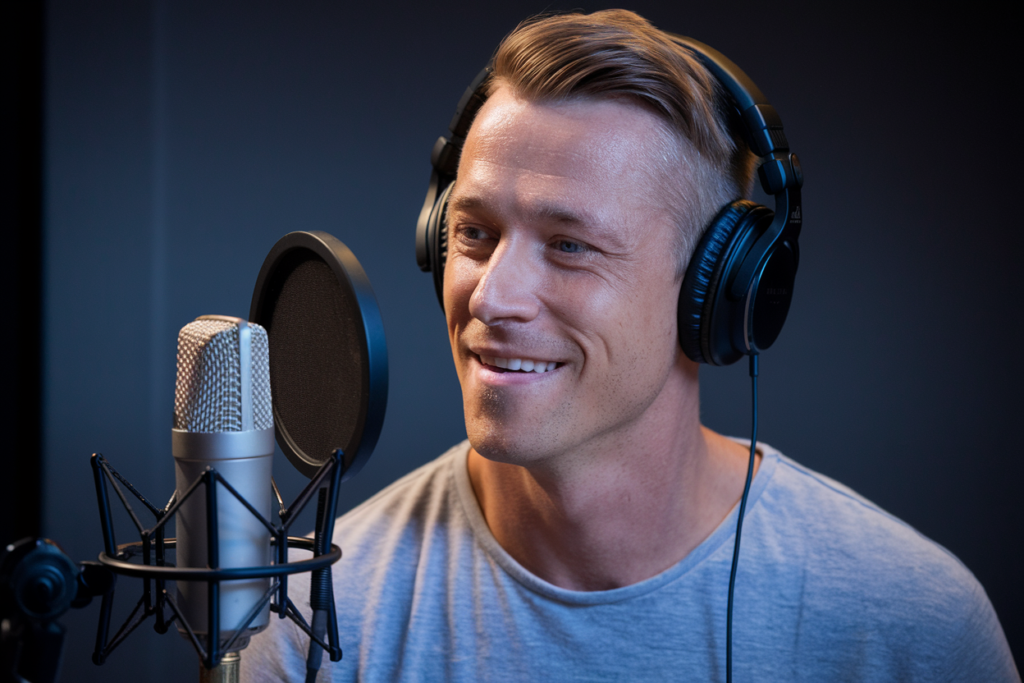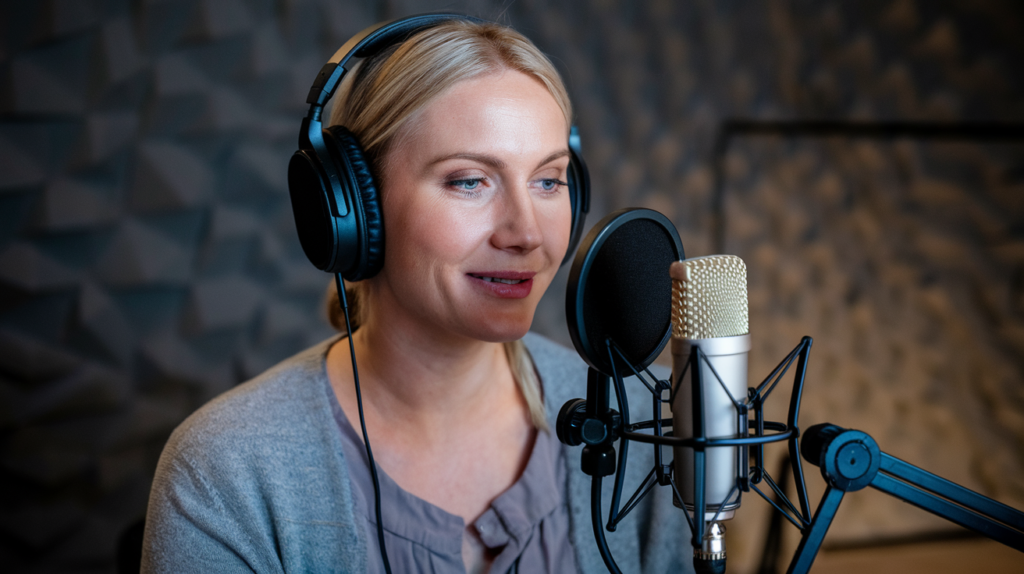Key Takeaways
- Diverse Dialects: Australian English encompasses several dialects, including General, Broad, and Cultivated Australian English, each offering unique characteristics crucial for authentic voiceover performances.
- Audience Connection: Mastering these dialects enhances your ability to connect with audiences by making content more relatable and culturally relevant.
- Regional Variations: Accents vary significantly across Australia; understanding these regional nuances can impact audience perception and engagement during voiceovers.
- Choosing the Right Accent: Selecting the appropriate dialect based on your target audience is essential for effective communication in voiceover projects.
- Training Resources: Investing time in dialect training through online courses, local media exposure, and practice scripts can significantly improve your skills as a voice actor.
- Cultural Representation: Embracing the cultural significance of each accent enriches storytelling and fosters trust with local audiences, enhancing overall performance authenticity.
Ever wondered how Australian English dialects can elevate your voiceover projects? With a rich tapestry of accents and regional variations, mastering these dialects can make all the difference in capturing authenticity and connecting with your audience. Whether you’re narrating a documentary or creating an advertisement, understanding these nuances is key.
Overview Of Australian English Dialects
Australian English features several distinct dialects that reflect the country’s rich cultural diversity. Understanding these dialects is vital for effective voiceovers, as each accent carries unique characteristics that can enhance your message.
General Australian English
General Australian English is the most widely recognized version. It’s characterized by a broad vowel sound and a relaxed pronunciation. Voice artists often use this dialect for commercial projects because of its relatable tone.
Broad Australian English
Broad Australian English stands out with its strong accents and exaggerated vowel sounds. This dialect conveys a more casual, laid-back vibe, making it ideal for informal advertising or character work in voiceovers. It adds authenticity to roles reflecting rural or traditional backgrounds.
Cultivated Australian English
Cultivated Australian English has influences from British speech patterns. This dialect tends to sound more refined and formal, suitable for high-end commercial projects or narrations requiring sophistication. Voice talents utilizing this accent create an air of professionalism.
Regional Variations
Australia’s vast geography introduces regional variations within these main categories. For instance, accents differ significantly between cities like Sydney and Melbourne versus remote areas like Darwin or Tasmania. Each region offers unique nuances in speech patterns, which can impact audience perception during voiceover performances.
Importance in Voiceover Work
Mastering these dialects enhances your versatility as a voice actor. Clients appreciate the ability to connect authentically with their target audiences through culturally relevant performance styles. Whether you’re narrating an educational video or delivering an advertisement, understanding these accents will empower you to make informed choices about your vocal delivery.
By familiarizing yourself with Australia’s diverse linguistic landscape, you position yourself as a valuable asset in any voiceover project needing authentic representation of local culture and identity.
Importance Of Dialects In Voiceovers
Dialects play a vital role in voiceovers, shaping how audiences perceive and connect with the content. Understanding these nuances not only enhances authenticity but also deepens engagement, making your project more relatable.
Regional Variations
Regional variations within Australian English add layers of depth to voiceover performances. Different areas boast unique accents that can evoke specific feelings or settings. For instance, General Australian English offers a neutral tone suitable for broad audiences, while Broad Australian English delivers a robust accent perfect for informal scenarios. Cultivated Australian English presents a polished sound ideal for high-end productions. By mastering these distinct dialects, you position yourself as a versatile voice artist capable of catering to diverse projects across various industries.
Cultural Significance
Cultural significance underscores the importance of dialects in voiceovers. Each accent carries its own cultural narrative and history, which enriches storytelling through genuine representation. This authenticity resonates with local audiences, fostering trust and relatability in your work as a voice actor. When you embrace these variations, you’re not just delivering lines; you’re bringing characters and narratives to life in ways that honor their origins and contexts. Your ability to adapt to culturally relevant accents transforms your performance into an engaging experience that leaves lasting impressions on listeners.
Key Australian English Dialects
Understanding the key dialects of Australian English enhances your ability to connect with audiences in voiceover projects. Each dialect brings unique characteristics that can elevate your performances.
General Australian English
General Australian English is the most widely recognized dialect. It strikes a balance between clarity and relatability, making it ideal for various voiceovers, from narrations to commercials. This neutral tone resonates well with diverse audiences, ensuring that your message comes across effectively. Voice artists often find this accent versatile enough for both casual and formal contexts, allowing a broad range of applications.
Broad Australian English
Broad Australian English features stronger accents and informal speech patterns. It’s characterized by its laid-back vibe and distinctive pronunciation, evoking a sense of authenticity that works well in informal settings. This dialect suits voice actors aiming for a more approachable or comedic tone. Think about how it can enhance storytelling or product promotions—adding personality while keeping the audience engaged.
Cultivated Australian English
Cultivated Australian English stands out for its refined quality, often associated with higher social status or education levels. This dialect sounds polished and sophisticated, making it suitable for premium content such as corporate videos or upscale advertisements. Voice over talent using this accent can convey professionalism and elegance, appealing to clients seeking an upscale representation of their brand.
By mastering these distinct dialects, you not only broaden your skill set but also position yourself as an adaptable voice over artist capable of meeting diverse client needs across different sectors.
Tips For Voiceover Artists
Mastering Australian English dialects can elevate your voiceover game. Knowing how to choose the right accent and utilizing effective training resources makes a significant difference in delivering authentic performances.
Choosing The Right Dialect
Selecting the appropriate dialect for your project is crucial. Consider your target audience; different regions resonate with specific accents. If a script aims at an urban demographic, General Australian English might suit it best due to its relatability. For more casual or humorous content, Broad Australian English offers that laid-back vibe. Cultivated Australian English works wonders for high-end projects, providing a sophisticated tone that appeals to upscale markets. Always align your choice with the message you want to convey—think about what feels authentic for each particular context.
Dialect Training Resources
Investing time in dialect training pays off well as a voice artist. Online platforms offer courses specifically focused on mastering various Australian accents; look for ones featuring native speakers for the most accurate guidance. Listening to regional podcasts, watching local films, and practicing with scripts from those areas can help immerse you in different sounds and speech patterns. Joining online forums or groups dedicated to voice talent also opens doors for feedback and tips from fellow artists experienced in diverse dialects. By honing these skills through various resources, you’ll enhance your versatility as a voice actor while ensuring every performance captures the essence of its cultural backdrop.
Conclusion
Mastering Australian English dialects is essential for anyone looking to excel in voiceover work. By understanding the nuances of General, Broad, and Cultivated Australian English, you can tailor your performances to resonate with diverse audiences. Each dialect offers unique characteristics that can significantly enhance your storytelling.
Investing time in learning these accents not only boosts your versatility but also enriches the authenticity of your projects. As you embrace the cultural significance behind each dialect, you’ll find yourself connecting more deeply with listeners and creating memorable experiences through your voice.
Frequently Asked Questions
What is the significance of mastering Australian English dialects for voiceover work?
Mastering Australian English dialects is crucial for voiceover artists as it enhances authenticity and audience connection. Different accents can evoke specific feelings, making narrations or advertisements more relatable to the target audience.
What are the main types of Australian English dialects?
The three main types of Australian English dialects include General Australian English, known for its relatability; Broad Australian English, recognized for its strong accent and casual vibe; and Cultivated Australian English, which sounds refined and suits high-end projects.
How do regional variations affect voiceover performances?
Regional variations in Australia result in significant differences in accents between urban and remote areas. These variations add depth to performances by creating a sense of place and culture, enriching storytelling through authentic representation.
Which dialect should I choose based on my target audience?
For urban demographics, General Australian English is most suitable due to its versatility. Broad Australian English works best for informal content, while Cultivated Australian English is ideal for upscale markets requiring sophistication.
How can I improve my skills in different Australian dialects?
Improving skills involves investing in training resources such as online courses focused on accents, listening to regional podcasts, watching local films, or joining community forums where you can practice with others familiar with these dialects.







